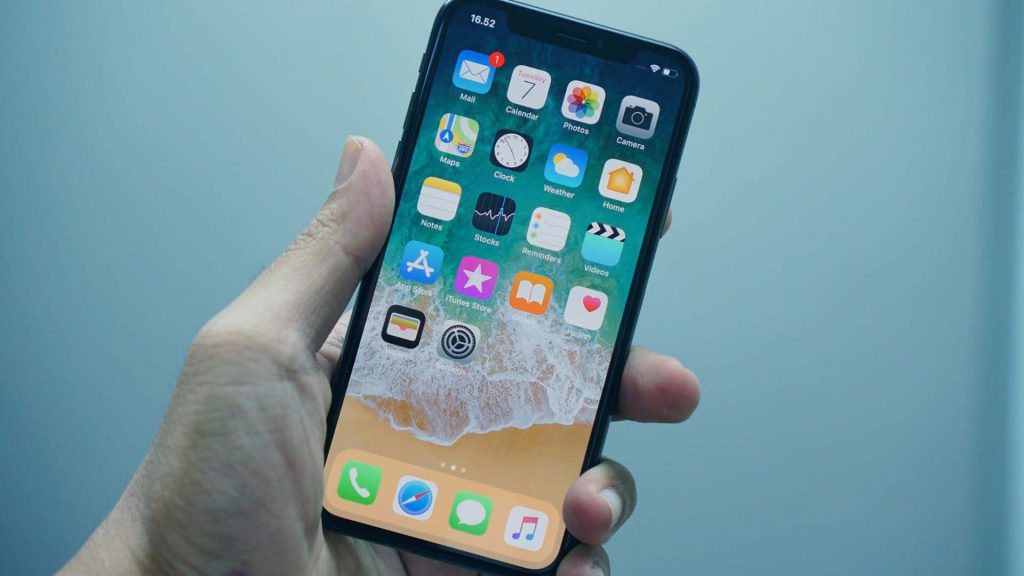In May 2011, Apple took the throne from Google as being the most valued brand in the world. There are many reasons for this shift. One is their understanding and support of their brand ambassadors – the key category influencers.
Why targeting influencers matters
Apple manages to communicate with its key target in a way that builds advocacy for its brand. It is a core group of influential Apple enthusiasts who do most of the communication to the wider target group. Surely this does not happen incidentally. All of Apple’s communication is optimized in the message, medium, and occasion in order to reach their core influencer groups when and where they are interested in the specific Apple message, or even better, desperately waiting for it. Apple has made clear choices about whom they want to talk to, but even more, they have made a clear decision about what their brand stands for and what it doesn’t.
By consistently making the right choices over many years, Apple has become the most distinguished and sharply differentiated computer brand moving toward an exponential future. If a potential consumer happens to talk to an Apple enthusiast, or just observes certain well-placed and well-promoted Apple users, there is a high chance they will start to consider themselves as one-day Apple users. An option they might have never thought about moves into their close range of purchase options. And all this with very little direct marketing expenses spent to achieve this enviable position. Apple values marketing intellect over marketing muscle and the use of category influencers is central to that advanced level of marketing thinking.
Influencers – who are they?
Leaving the world of computers aside, who are these influencers we pay more attention to than any advertising when making purchase decisions? In fact, all of us can be influencers – and often we are, without noticing it. Think about it. When was the last time one of your friends asked you for your opinion on a purchase decision? It might have been a car, computer, cosmetics, skies, detergent, music CDs, a contraceptive … anything. The reason they asked for advice is that your friend or colleague perceived you to be an expert, or at least more experienced in this category – and consequently, you influenced their purchase decision.
Who is perceived as an influencer depends strongly on the category we are looking at. You might ask a ‘techy’ friend for their opinion on the latest tech, a close girlfriend for her opinion on the best contraception method, or a colleague whom you know to be a car enthusiast for input on the purchase of a new sports car. Consumers do this naturally in the same way they appreciate an opinion from their hairstylist on the best shampoo against dandruff or their dentist’s opinion on which electrical toothbrush they would recommend. On the other hand, people themselves want to share their opinions. Especially if it concerns a field of interest in which they have special knowledge. The question is how can we as marketers bring these influencers and influencees together, measure their impact, and use it systematically to build our brand to ultimately increase our sales?
How to identify category influencers
The first step in leveraging this understanding is to identify the relevant category influencers. This is done by analyzing interconnections and dependencies in relation to a specific category between the different customer segments. There exist lead segments for each and every product in any given category and, as often empirically proven, we can see a Pareto principle for most of the categories: about 20% of your target influences 80% of our potential consumers.
Social networks have been the key driver for consumption and purchase behavior since human existence. New forms of communication make these actions travel much faster through populations, creating a stronger impact in a much shorter time. In a perfect world, the identification of influencers would be easy: we would analyze i) who knows most about a certain topic or category, ii) who talks most about this category, iii) who uses most of this category, and iv) who is most aspirational inside and outside this category. By pairing this information with data on how receptive all other segments are toward the most influential segments based on actual receptivity and distance to the influencing segment, we can display influencing patterns throughout the population.
From a marketing perspective, this becomes more relevant if we can factor the relevance of our value proposition into this calculation to calculate the total consumer impact (TCI) on the population. The challenge is twofold: finding appropriate data and modeling the algorithm that is most representative of natural influencing patterns. Simply spoken, the answer to leveraging this understanding for business growth is with the consumer: the more we understand about the different consumer segments, the easier we will spot the few strong influencing segments, whom most of the other segments tend to follow relative to a certain product or service category.



